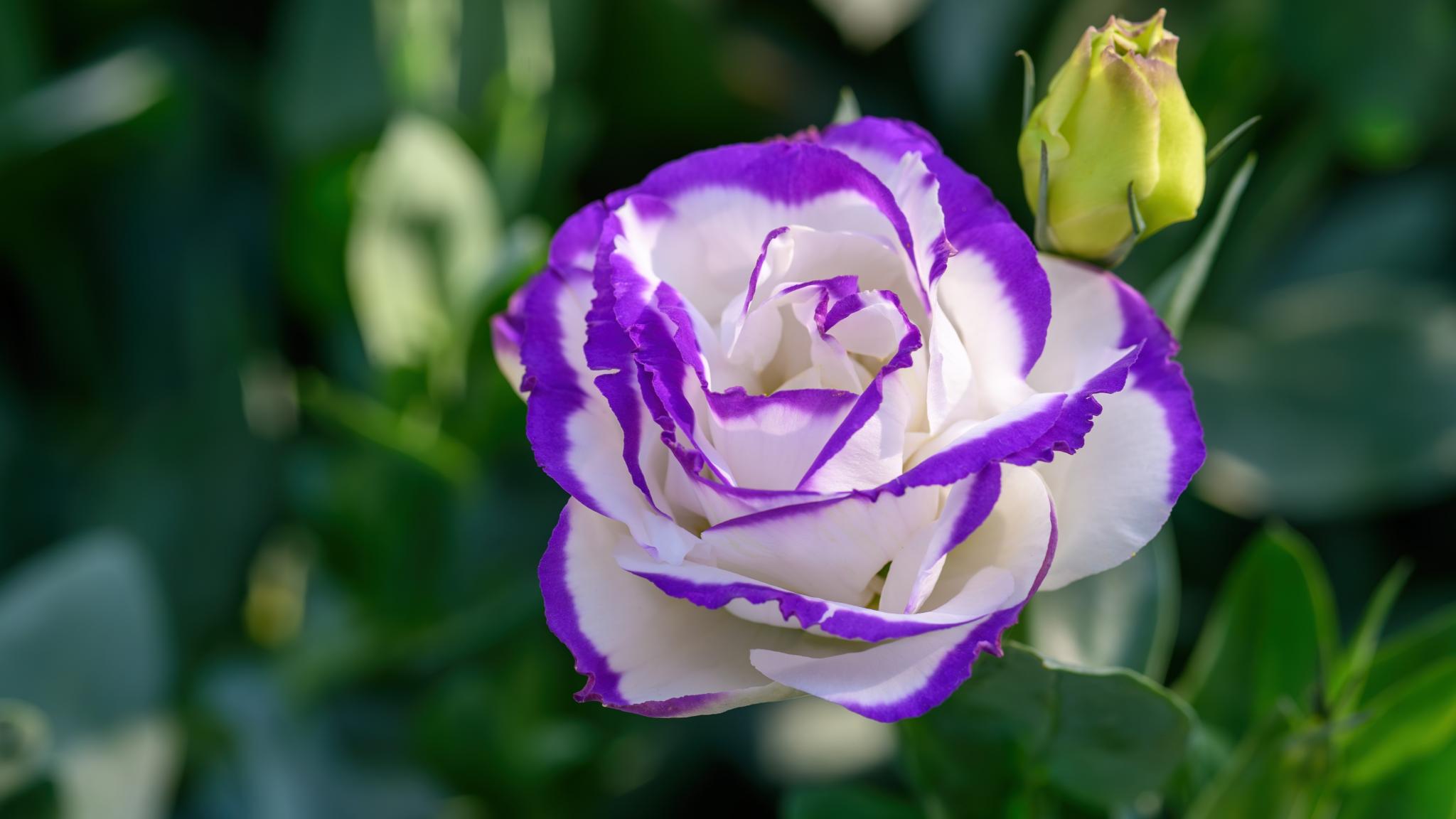
Photo Credit
Verin
Subhead
A Garden Showstopper With Rose-Like Blooms and Serious Vase Appeal
Read Next
Types
- ‘Rosanne Black Pearl’ is a dark, violet bloomer—think eggplant color. Combine it with lighter cream-colored flowers for a stunning bouquet or grow it as a strip of elegant border flowers in a bed.
- ‘Arena III Red’ is a deep pink with blooms that will fool anyone into thinking they are a rose.
- ‘Balboa Blue Rim’ are two-tone blooms: white centers and purple ruffled edges.
- ‘First Love’ is a blushing pink and white with fully double blossoms. Gorgeous in bunches, this flower looks like a bridal bouquet all by itself.












Comments